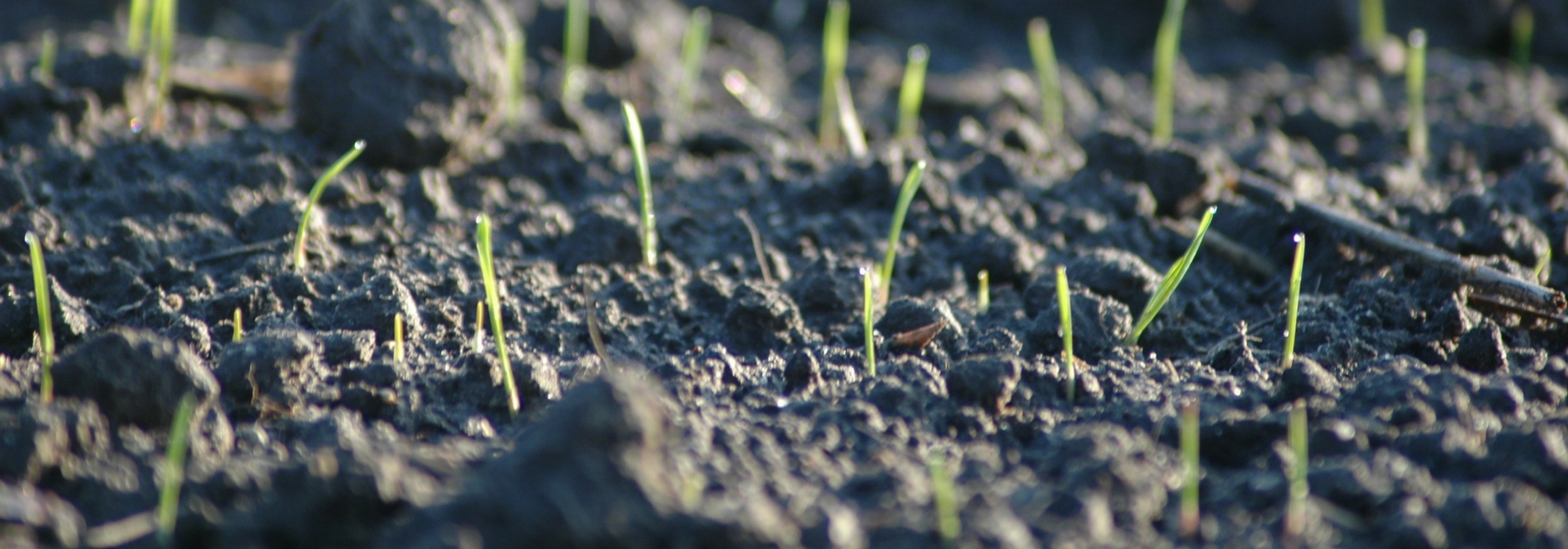
False seedbed, an effective technique to reduce weeds
in the garden and in the vegetable patch
Contents
The aim of false sowing is to reduce competition between cultivated plants and adventive plants (“weeds”). This technique involves preparing a planting bed as if one were carrying out a traditional sowing but without actually sowing anything. One then waits for the emergence of adventive seeds that were present in the soil, in order to destroy them and finally carry out the actual sowing of vegetables, flowers, and even grass.
False sowing is a common practice in organic agriculture. It is an effective technique that is simple to implement and facilitates future weeding of the crops. It is particularly suitable for seeds that take time to germinate.
This technique requires a bit of foresight, but it saves weeding time for the rest of the season.
When to use false sowing?
The false sowing technique can be used in many cases: before the establishment of a flower meadow and even a lawn in an ecological garden, where the use of weedkiller is banned. In practice, it is mainly used in the vegetable garden to sow certain vegetables.
Which vegetables to sow after a false sowing?
False sowing is particularly suitable for vegetables sown directly in place, which take time to germinate and have small seeds (whose development is slow at the beginning of growth). The carrot is the perfect example. The onion (from seed) and the leek are also well suited. Any young plant nursery should ideally be prepared by false sowing.
Read also
Weeding... the natural way!False sowing in practice
To carry out a false sowing, you need to start by anticipating and then proceed step by step:
-
Step 1: prepare the plot
Two to three weeks before sowing (or planting) vegetables, prepare your flowerbed exactly as if you were going to sow seeds. That is to say, loosen the soil with a broadfork, break up clumps, and level the soil with a rake. You can add homemade compost at this time, incorporating it superficially into the surface of the soil. Homemade compost regularly contains seeds of adventive plants and vegetables; the false sowing will allow them to germinate so they can be removed.
-
Step 2: do nothing, or almost!
After preparing the soil, do not sow anything, lightly water the soil to provide the right conditions for unwanted seeds to germinate well. You can place a forcing fleece over the soil to gain a few degrees and trigger the germination of as many seeds as possible.
-
Step 3: eliminate the “weeds”
Two to three weeks later, before sowing or planting your vegetables, hoe the surface. For this operation, ideally use a Provençal hoe or an oscillating scraper, two tools that are very well suited as they will only hoe the young seedlings without bringing deeper soil to the surface. Without a scraper or hoe, a hand hoe will also do the job, but be sure to stay on the surface of the soil.
The hoeing of these adventive plants can be done on a sunny morning to promote rapid drying of the seedlings.
-
Step 4: Sow your vegetable, flower… seeds
Sowing seeds of vegetables, flowers, and even grass will be done on the same day or better, the next day, to leave no chance for the destroyed adventive plants to regrow, which can happen with the watering of the sowing.
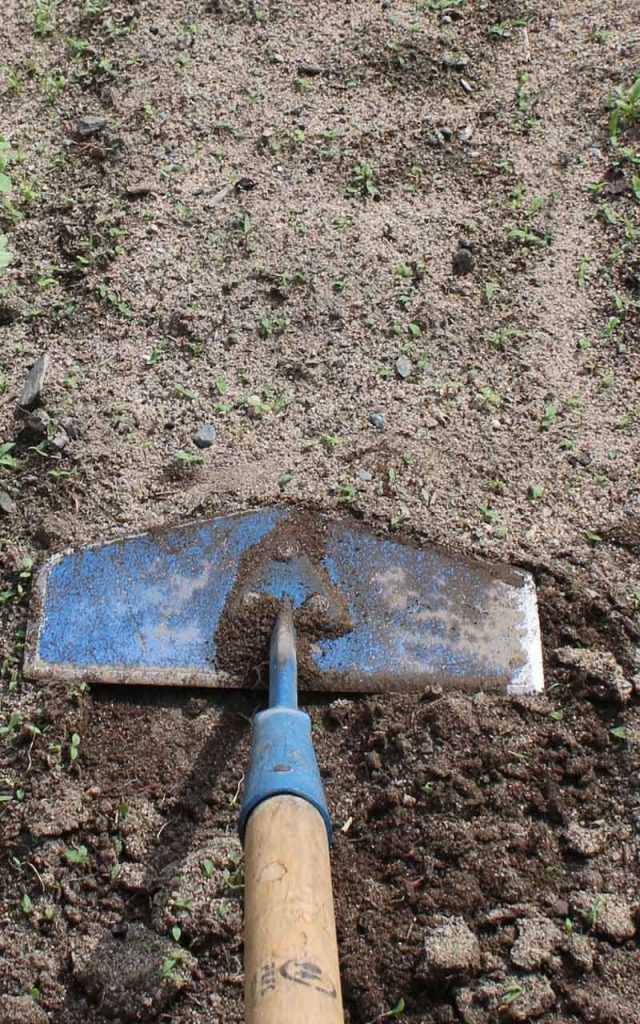
False sowing: destruction of young seedlings using the Provençal hoe
Discover other Carrots
View all →Available in 1 sizes
Available in 1 sizes
Available in 1 sizes
Available in 1 sizes
Available in 1 sizes
Available in 1 sizes
Available in 1 sizes
Available in 1 sizes
Available in 1 sizes
Available in 1 sizes
- Subscribe!
- Contents

































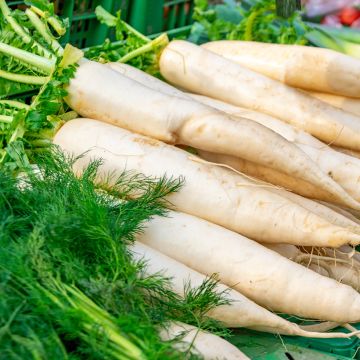
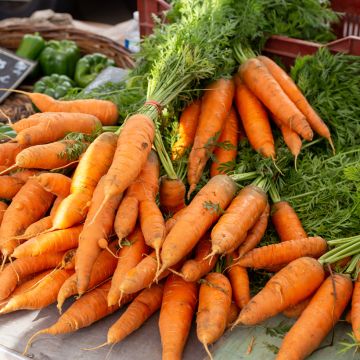

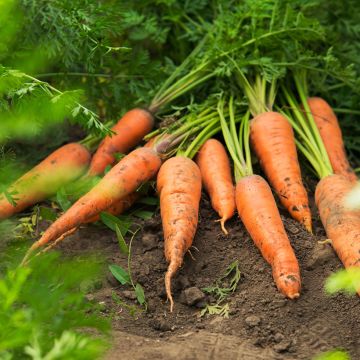
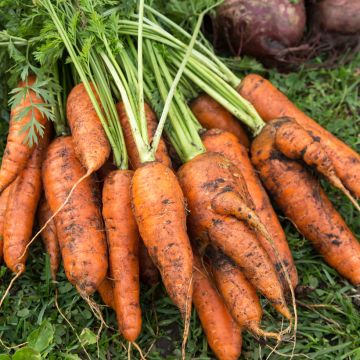
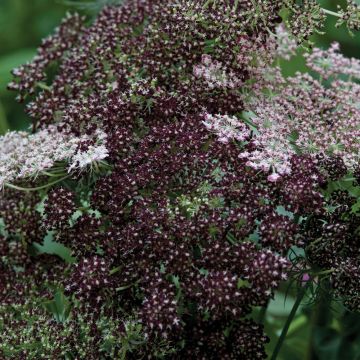
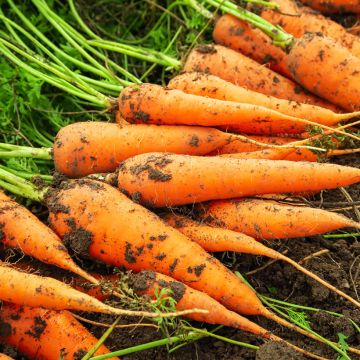
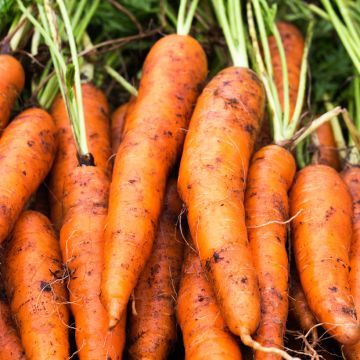
Comments